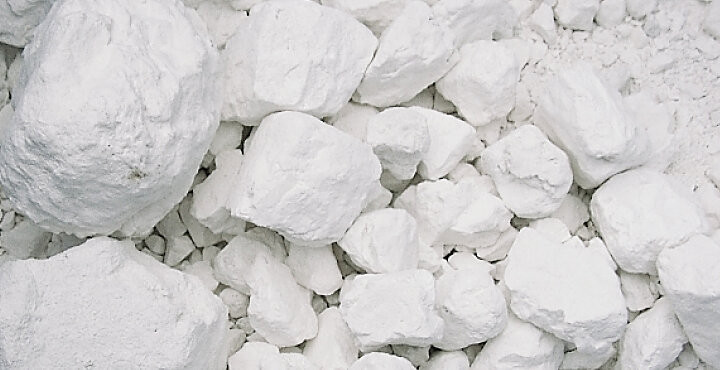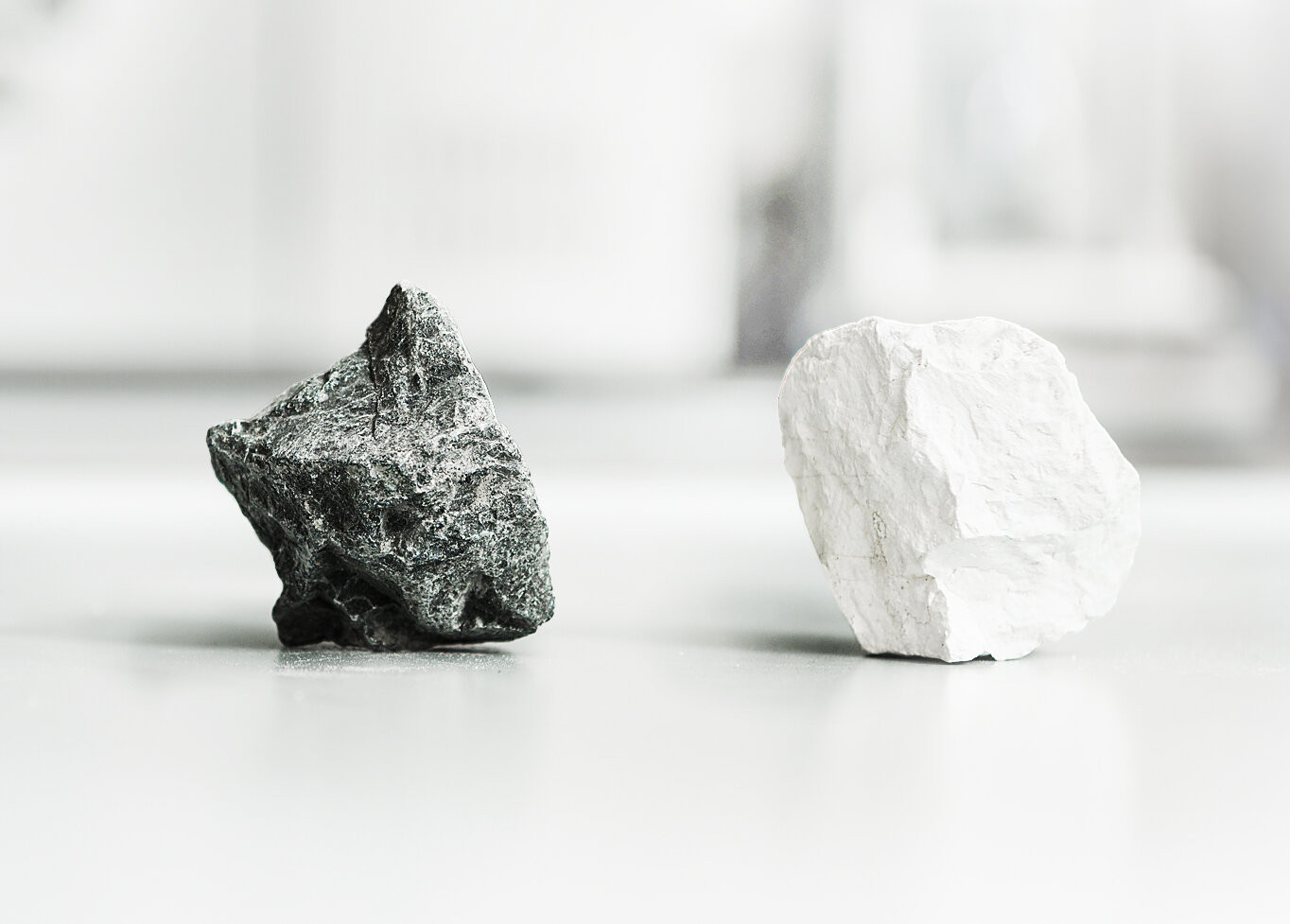What is lime?
The lives we live today are inconceivable without lime.
But what is lime actually?

From stone to lime
Quicklime is extracted from limestone, a common rock found all over the world, which has formed over millions of years from deposits on seabeds. The most important component of limestone is calcium carbonate (CaCO3), which is broken down into calcium oxide or quicklime (CaO) and CO2 , by the addition of thermal energy. This process is also called "calcination".
The process is very energy-intensive, which is why today highly modern and efficient kilns are used for the production of quicklime.
The main goal of the lime industry is to produce calcium oxide, which is as pure as possible, as a product that can be used in a variety of ways. Many applications also require the use of lump lime of approx. 20 - 60 mm, which is reflected in the use of limestone of the corresponding size as a raw material. For this reason, quicklime is nowadays preferably produced in shaft kilns.
The process works as follows:

